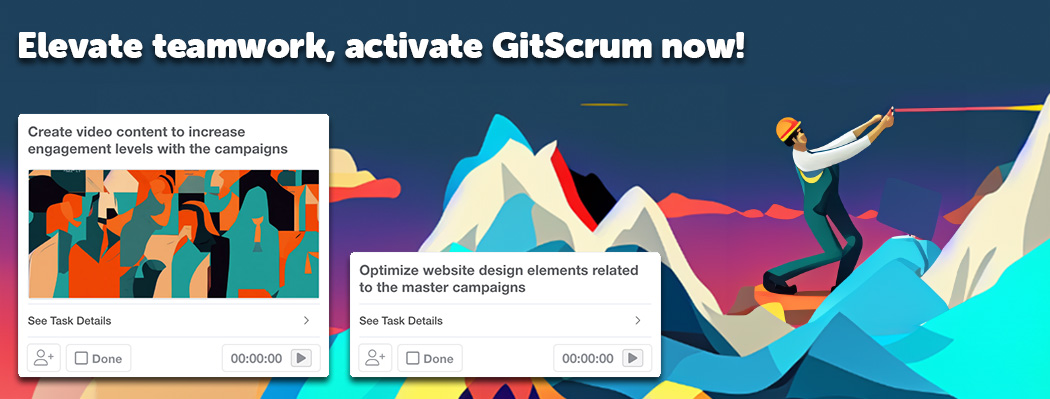
Omnichannel consumer behavior is no longer a trend, but a reality for different market segments. This means that there is no other way around. Companies need to know how to better exploit the strength of each of their sales channels.
The customer experience is one of the biggest differentials that your organization can offer to gain a competitive advantage. It is a scenario where the present and future of your business are constantly changing due to digital transformation.
Though shrouded in myth, omnichannel engagement is the best way to deliver a great customer experience. It moves from contact centers based primarily on phone interactions to multiple voices and digital channels.

In this article, you will find out how you can engage teams to work in omnichannel and create a healthy relationship with loyal clients.
What is omnichannel?
Omnichannel involves the integration of touchpoints between the brand and the customer. The goal is to provide what he needs when he needs it.
If a customer is looking for a product in the app, chatbot, SMS, physical store, e-commerce, or social network, your brand must allow them to do so.
The omnichannel concept is related to the idea that, regardless of the channel. Your company must offer a relevant and personalized message to all customers, regardless of the stage of the shopping journey they are at.
In marketing, omnichannel must be concerned with offering messages across all channels keeping the attention of these users for much longer.
How does omnichannel work in practice?
The main advantage is that consumers do not need to start a conversation from scratch every time they need to ask questions or learn about other products.
For the company, the biggest positive point is increasing engagement and proximity to the new consumer profile, which mainly values the shopping experience. Something that is directly related to the number of sales and success of the business.
To take the strategy off the paper, it is first necessary to invest in a platform that will do this automation and integration between the different channels that the company has.
Omnichannel vs. multichannel
In a single-channel system, you engage with your customers in only one of these ways. A strategy that is almost no longer relevant and that ignores all customers who might prefer other channels.
In a multichannel strategy, you do just that, using all these tools to communicate with customers, inform them, solve potential problems or promote new products. While this is certainly better when capturing customers, it also has the effect of putting those customers into channel-based groups.
In other words, you look at your customer base as social media customers, mobile app customers, web customers, phone customers, QR code customers, and so on.
An omnichannel strategy solves this problem. It enables communication and engagement between the company and customers in any way they want. While making it clear that all of these different channels flow together through a single brand.
This strategy allows businesses and customers to interact through multiple channels or switch from one channel to another. Of course, based on personal preferences or time and location constraints.
Creating a unified view of your brand
By combining these different channels into a unified strategy, you deliver a user experience that gives your target audience a single view of your brand.
This helps to restore brand confidence and provide your business with a strategic way to leverage customer patterns and behaviors into more practical and coordinated strategies.
Changes in consumer behavior
To speak in-depth about omnichannel, we need to understand that consumers are increasingly demanding, connected. And discerning before making a purchase.
With the high availability of information on the internet and price research tools, it is easier to compare products. In addition, choose the one that best meets your expectations.
In order to convert this new audience profile, companies need not only to invest in quality customer service but also to seek more attractive and immersive techniques.
If a brand has no control over its omnichannel experience, its buyers are likely to slip away when they move from physical to digital, or vice versa.
It is for this reason that companies must always look for technologies that lead to excellence in customer service. Finally, it is important to highlight that the time for unilateral marketing strategies is over.
How to apply omnichannel in your company in 6 steps
There are six steps that will guide you in creating an action plan with the goal of improving the customer experience and your conversion rate.
1. Integrate the entire company strategy
Integration for an omnichannel strategy shouldn’t just be marketing strategies, but company-wide.
Sales, service, and marketing departments need alignment to generate the relationship. And a shopping experience that every consumer will experience.
Customer service, your sales actions, in short, everything needs to align with the proposal of what is omnichannel.
Creating common goals can generate this integration almost naturally. But it is also necessary for leaders and managers to commit to thinking and putting into practice omnichannel actions.
2. Understand the experience for your customer
It’s quite common that a user chatting through a company’s website chatbot has to leave it to access the app and make a purchase. This shouldn’t happen in an omnichannel strategy.
In addition, your company misses the opportunity to convert your customer there. Just in time.
To assess what this current experience is like, create a group that will use your communication channels to make purchases, ask questions, and request support. It’s a good idea to have the omnichannel project team participate in this test as well.
With this, you will be able to assess the best processes and the processes that need to change, from customer service to sales.
3. Request feedback from customers
Do a survey of your customers to find out relevant information about the experience you offer them.
This research is part of the previous step to understanding what works and what doesn’t in your current structure. However, this process should be adopted as an ongoing step in your strategy.
Request feedback at every step of the customer journey. With each contact with the brand, ask users to share with you what they thought of this experience.
4. Use technology to centralize customer data
It should be possible to see how much the customer wears, how much he wears, the type of product he likes to buy, and even his style.
All this information will help your physical seller to offer ideal items to the customer, according to the consumer’s taste and need.
5. Adopt marketing automation
Along with data integration, adopting a marketing automation tool will help you understand customer behavior.
This helps you create consumer-perfect messages that seem to be made just for them.
Marketing automation allows you to segment your customers and leads and make their experiences even more relevant, across all channels. Be it email marketing, SMS, chatbot, in the virtual store…
6. Monitor results
The overall goal of an omnichannel strategy is to increase sales conversion rates by delivering a better customer experience.
To know if the actions that were planned are reaching these goals, it is important that the company starts using metrics and indicators. It will define the objectives at the beginning of the project.
From there, the company and the entire team must monitor the progress of the numbers towards these goals. And observe which channels are working strategically and which ones appear to have flaws and errors.
GitScrum supports your team to better results and improves your teamwork!
Set your workflow and board to guide your Agile team, assign Tasks, Subtasks and keep in charge of the whole process evolvements. Allow your Agile team to collaborate.
Reach higher levels of efficiency, productivity, and deliverability with GitScrum. Work focused on prioritizing what’s valuable and tracking your flow to overcome results.
Sign up now and make your team grow together!